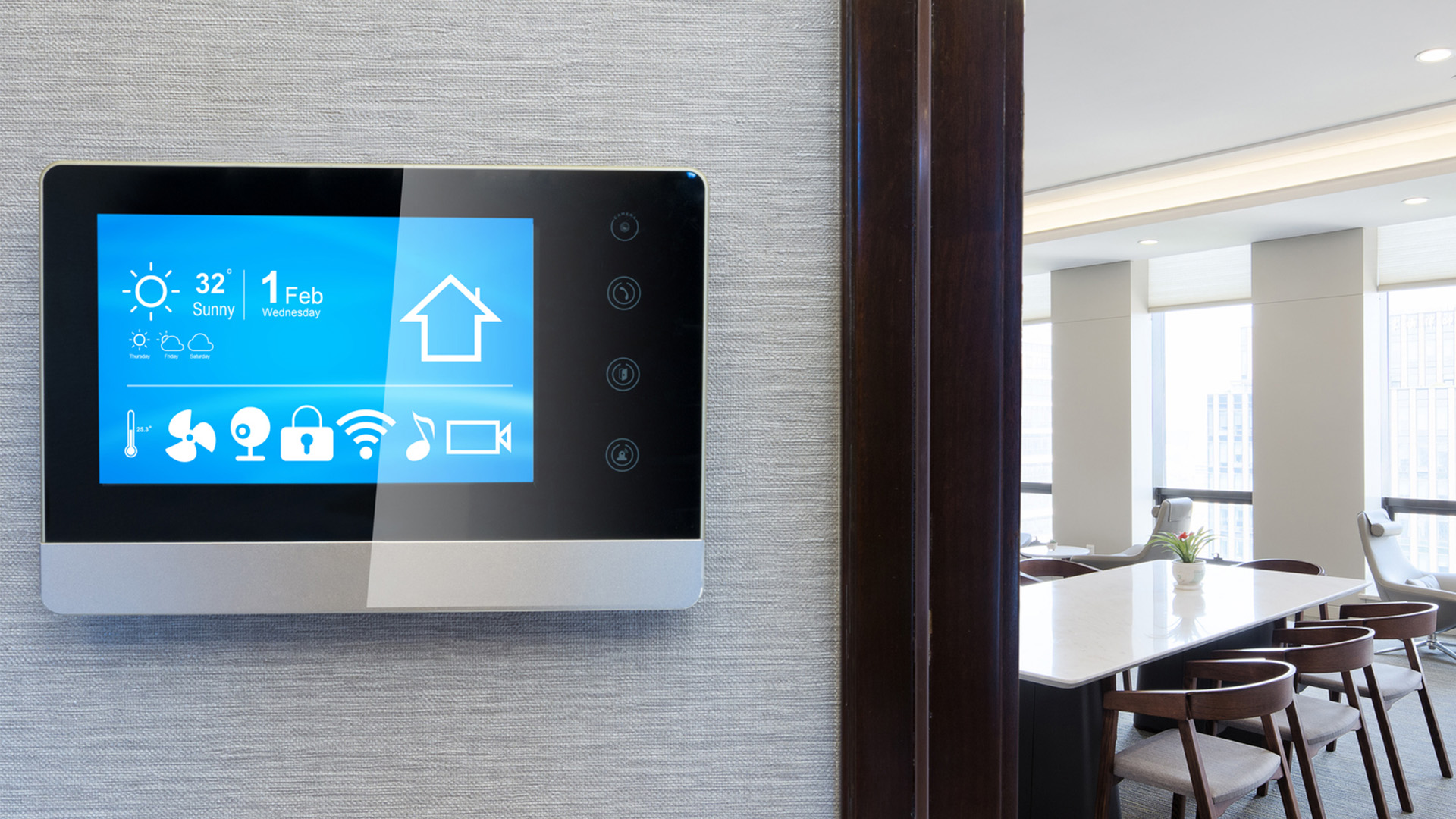Democratizing Decarbonization with Cloud-Native Building Automation


We’re excited to have our technology partner 75F contribute this guest column for The Current.
Buildings are the fourth leading cause of greenhouse gas emissions worldwide, with HVAC systems accounting for about half of a building’s energy use. While technology to make HVAC more energy efficient exists, most buildings aren’t using it.
The reason? Traditional building management systems are offline, complicated and expensive, putting them out of reach for many commercial building owners.
According to the U.S. Energy Information Administration’s Commercial Buildings Energy Consumption Survey (CBECS), over 99% of commercial buildings in the U.S. are smaller than 200,000 square feet and 85% do not use automation.
This absence of smart technology isn’t due to a lack of interest in energy efficiency. Rather, it’s because sophisticated building controls have traditionally been the domain of large facilities with substantial budgets and dedicated technical staff.
The Game-Changer: Cloud-Native Building Automation
Enter cloud-native building automation — a technology that’s commonplace in our homes but has yet to see widespread adoption in commercial spaces. This innovative approach is poised to revolutionize how we manage and optimize building energy use, helping businesses, communities and the environment.
Unlike traditional building management systems that rely on complex, wired infrastructures, cloud-native solutions leverage wireless technology and the power of cloud computing, making them well-suited for smaller and mid-sized commercial buildings. Key features include:
- Mesh networks for device communication, eliminating the need for physical wiring and reducing installation complexity and costs.
- Pre-programmed control sequences compatible with most common HVAC equipment, allowing for plug-and-play functionality that doesn’t require extensive customization.
- Cloud-based data storage enabling remote monitoring and control from any internet-connected device.
At the core of these systems lies digital twin data adhering to industry standards. This standardization unlocks the potential for accurate and actionable real-time information, seamless integration with other systems and AI implementation.
Combining clean data and AI makes sophisticated building management accessible to a much wider audience, breaking down the barriers of expertise and technical knowledge that have long frustrated users and limited widespread adoption.
Decarbonization will become democratized as automated building management systems that make HVAC more energy efficient become more common, particularly among the 85% of smaller and mid-size commercial buildings that now lack automation.
For example, more businesses will have the power to reduce emissions through automated demand response via participation in virtual power plants (VPPs), where they automatically curtail their load to ensure there is enough electricity supply to meet demand without firing up fossil-fuel-powered peaker plants.
The advanced controls available in cloud-native building automation make participation in VPPs and demand response easier because the facility’s systems automatically respond to requests to conserve electricity, by imperceptibly dimming lights or adjusting temperatures by a few degrees without occupants noticing.
Tangible Benefits to Building Owners and Operators
The features of cloud-native building automation also translate directly into tangible benefits for building owners, including earning and saving money with automated demand response. By participating in VPPs including demand response, building owners can capitalize on incentives that grid operators and utilities offer customers to use less electricity when the grid is stressed.
The tangible benefits begin with the simplified installation process, which thanks to wireless mesh networks and pre-programmed control sequences significantly reduces upfront costs and installation time. This means less disruption to daily operations and a quicker path to reaping the benefits of smart building management.
Also, the cloud-based nature of the technology allows for real-time monitoring and adjustments, leading to rapid optimization of energy use. Building owners often see a quick return on investment, with energy savings accruing from day one.
Additionally, the predictive capabilities of these systems can preemptively address comfort issues, eliminating hot and cold spots before occupants even notice them. This proactive approach to comfort management not only improves the occupant experience but can also lead to increased productivity in office spaces and higher customer satisfaction in retail or hospitality environments.
The AI capabilities of cloud-native systems are a significant leap forward in building management as well. Imagine managing your building’s energy use through simple voice commands — adjusting temperatures, analyzing data, and optimizing performance with unprecedented ease.
With user-friendly interfaces and AI assistants capable of responding to voice commands, building owners no longer need to rely on specialized technicians for every adjustment or analysis. This empowerment leads to more responsive and efficient building operations.
Perhaps most importantly, cloud-native systems future-proof buildings against evolving energy regulations and market demands, creating grid-interactive efficient buildings that the U.S. Department of Energy envisions operating dynamically with the grid to make electricity more affordable while meeting the needs of building occupants.
As sustainability becomes increasingly important to tenants and regulators alike, buildings equipped with flexible, updatable cloud-native building management systems are well-positioned to adapt and comply with new requirements without the need for costly hardware overhauls.
So, not only is cloud-native building automation democratizing our approach to decarbonization by making sophisticated tools accessible to properties of all sizes, but it is also ushering in a new era of energy management in commercial buildings.
In this future, benefits like energy savings, demand response revenue, operational flexibility, improved occupant comfort and future-readiness in an evolving energy landscape will be accessible to the many not the few.


